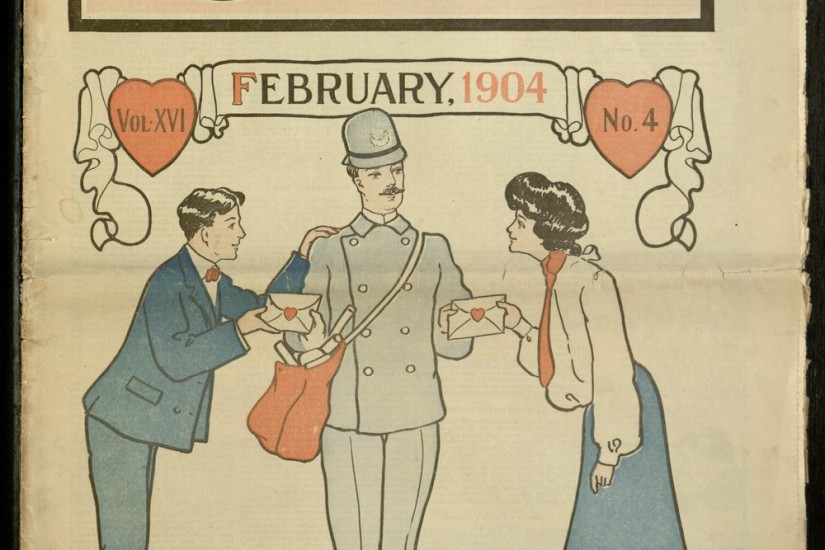“Little Miss Fannie Allison Troutsmans writes that she is lonesome and would like to hear from Comfort readers,” the column begins. “She says she is the youngest of ten children of whom four only are living, and adds that her oldest brother, a conductor on the Southern Railroad, was killed by a train at Spartanburg, S.C.”
The appeal to fellow readers appeared at the opening of the July 1907 “Comfort Sisters’ Corner,” a staple of Comfort Magazine. The columnist includes Miss Fannie’s own words, and an address in North Carolina where “sisters” could address letters. In the same pages, one woman asked for souvenir post cards and letters, while another requested “seeds of the most popular variety… or any old-fashioned flowers, such as our grandmothers loved.”
The column ran for multiple pages, short paragraphs in tiny font sandwiched among the numerous advertisements. Comfort, after all, wasn’t just a woman’s journal; it was a mail-order magazine whose main purpose was to bring consumer culture to rural America by advertising home appliances, clothing, medicines and other goods. The original publisher, William Gannett, actually created Comfort as a way to market his nerve tonic to women. Yet as is apparent in columns like “Comfort Sisters’ Corner,” those quasi-catalogues came with a surprising side effect: communication between women that otherwise would have been impossible.
